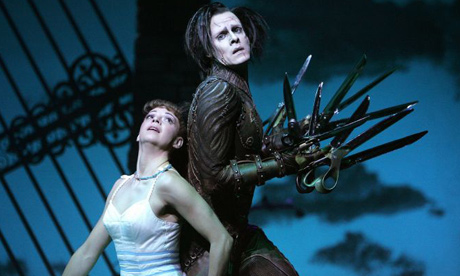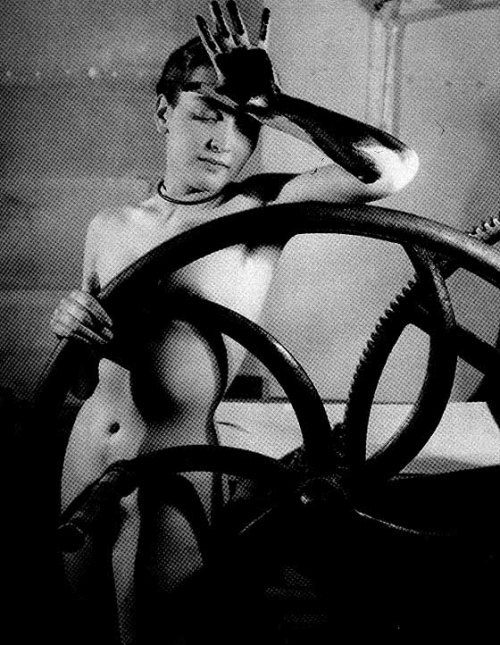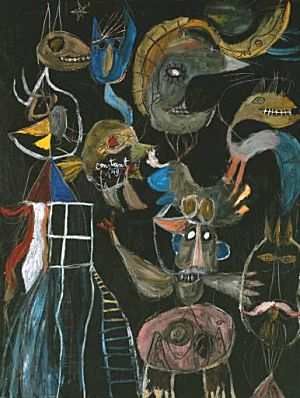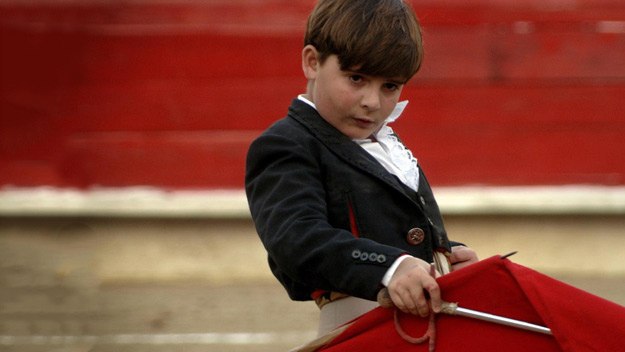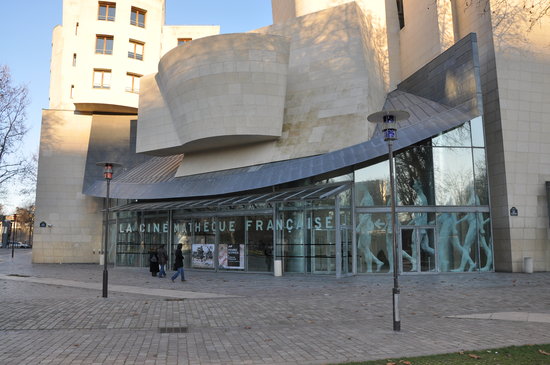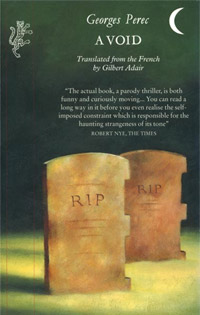Today (other than investigating the casting of the new
Les Mis film, more on that later), I have spent the day getting acquainted with Johann Gottfried Herder, the German philosopher seen as 'the father of nationalism, historicism and the
Volksgeist' (Isaiah Berlin). Having not really studied much philosophy, I was barely aware of Herder before a few weeks ago. Now, I'm hooked.
While he's not the most attractive man, he writes with such passion and excitement (albeit sometimes at the expense of clarity) that you can't help but be swept along with it. And anyone with enough self-deprecating humour to call on of their first works
Yet Another Philosophy of History is worth note in my book.
So, why this sudden interest in Herder? I'm currently working on an essay on Galician cultural identity, and my tutor Dr Craig Patterson (one of the most enthusiastic defenders of Galicia as a distinct cultural entity, and himself a very interesting read) vehemently insisted that I read Herder in preparation. I was confused - what did a late 18th century German have to do with 20th century Galicia? - but I duly obliged and now realise that not only is his writing relevant to 20th century Galicia, but to my very 21st century academic interests. It's as if he wrote what I have always felt but never really expressed, but I must remember that over 200 years ago, ideas like popularism, expressionism and especially pluralism were not only new, but clearly opposed to the dominant philosophical beliefs.
While I could write for hours about these ideas, I'll stick to just a few key points that really struck me.
Pluralism
Herder strongly believed that there was no such thing as a 'chosen people', or a particular civilization, past or present, that is superior to any other. There is no point in wishing to return to the high point of Ancient Greece, or in trying to force Western morals on indigenous communities as all cultures are incommensurable and only truly function as a product of their historical, geographical and social circumstances. He insisted on recognising the value of every culture, even if we don't understand it, because it is only within their native culture that people can fully achieve self-expression.
Expressionism
Perhaps my favourite of Herder's ideas is that everything we do, especially art, is a form of self-expression. While artists may insist that they make 'art for art's sake', Herder would argue that, even if it is unconsciously, we cannot help but reveal all of our personality in what we make, what we do.
"Art is a voice speaking, rather than creating an object"
Because we do not live in isolation, who we are is influenced by our social relations. Thus our expressions do not just reveal our personality, but that of the community in which we live. As someone who wants to spend my life reading, watching films, looking at art, listening to music and then writing about what that says about the creator and their community, it's nice to have someone support this idea so eloquently.
Language
Herder argues that language developed along with human powers of reason; as we began to recognise things by their distinguishing features, we create an internal language. As societies grow, the need for communication means these languages are shared, but because everyone has a different internal word for the same object, languages are full of synonyms. At the same time, there are no words for abstract concepts because we cannot recognise and distinguish these. Thus:
"With all its inadequacies in essentials, it has the greatest unnecessary abundance".
In short, what each language allows for, and what it doesn't, reveals a great deal about the lives, customs, beliefs and social structures of different cultures, so each language should be protected and cherished. If he could witness the extinction of languages across the world by the increasing dominance of English and other major languages, I'm sure Herder would turn in his grave!
For a clear and concise introduction to the originality of Herder's ideas, I recommend Isaiah Berlin's Vico & Herder: Two Studies in the History of Ideas.

